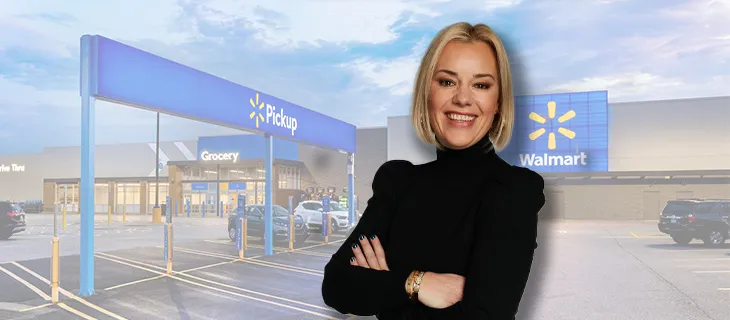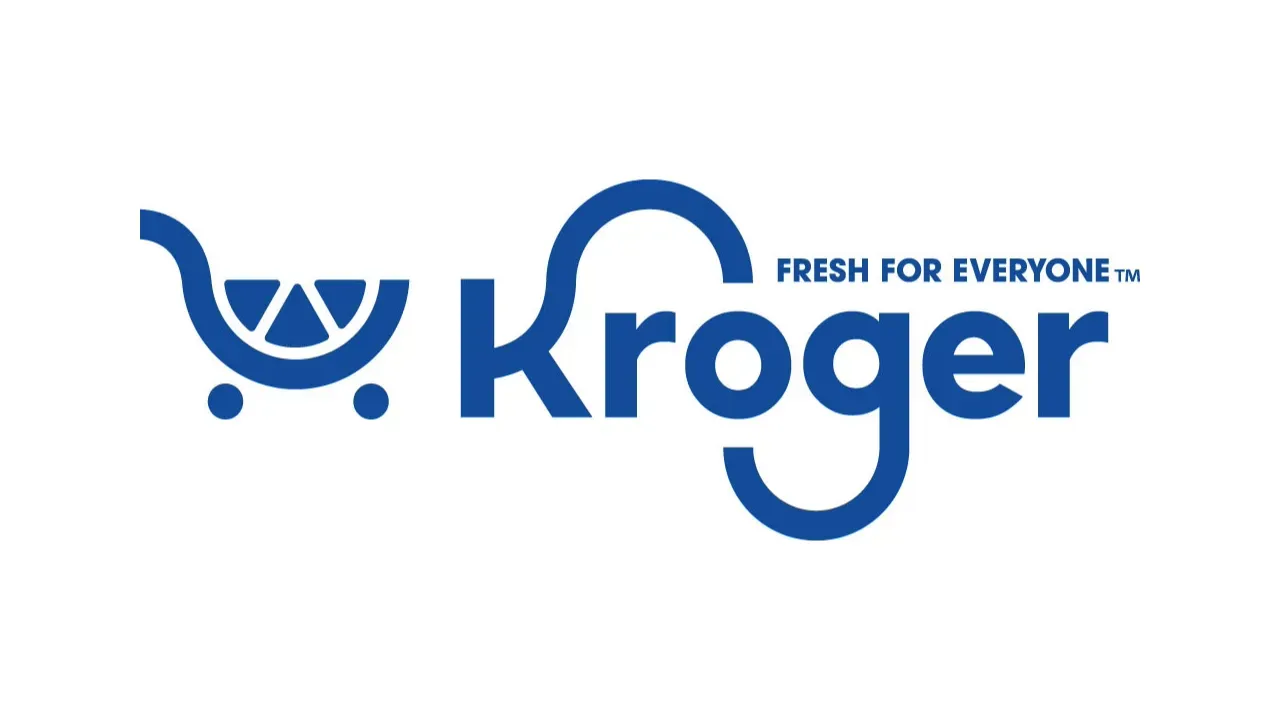BENTONVILLE, Ark. — Walmart recruited Janey Whiteside three and a half years ago to fill the newly created position of chief customer officer, a title that came with a mandate to build innovative services and solutions that help customers live better.

Janey Whiteside
For Whiteside and her team, that meant getting to know customers better.
“Customer needs are changing and so are their shopping habits,” said Whiteside, who recently announced plans to leave Walmart in March. “It’s more important now than ever to know our customer at the macro and micro levels. Knowing your customer means you become really attached to them. And when that happens it creates a drive to do more for them. This connection helps us design products and services with empathy.”
To build and maintain meaningful relationships, Whiteside has focused on the design and delivery of best-in-class experiences that are seamless, safe, relevant and rewarding, no matter how a customer shops with the company.
“We leverage data and insights to learn and execute for the customer,” she said. “I am customer-obsessed and am laser-focused on closing the loop between the physical and digital shopping experience.”
Of course, the task of getting to know the customer is complicated by the fact that Walmart has a lot of customers — the company calculates that at least 150 million people a week shop at its stores and websites in the U.S.
“I think people think they know who our customer is. I did, before I started. And I was wrong,” she said. “Our customers continue to change. What they need from us changes. The truth is that everyone shops at Walmart — 90% of all Americans shop with us. Our customers are all different, and their needs live on a spectrum. There is no single solution or single service that works for everyone. No one wants to be just a number — everyone wants to be a someone. We understand what customers need and feel, and that’s why we work hard to create personalized experiences to meet and deliver on each of our customers’ unique lifestyle needs.”
Before coming to Walmart, Whiteside spent two decades at American Express, first in its London offices, in roles ranging from international pricing, relationship management and marketing to customer engagement and global products, benefits and services. In announcing the hire, Walmart cited Whiteside’s work to introduce American Express products and loyalty programs into new areas and to younger customers.
Earlier, Whiteside spent four years in the United Kingdom with multinational investment bank HSBC. She earned an undergraduate degree in economics from Cardiff University in Wales.
At Walmart, expanding the customer base beyond just the value-oriented core means deploying omnichannel capabilities to attract consumers for whom convenience is the salient factor in where they shop.
“An omni relationship allows us to see customers’ full shopping habits — where and how they shop, how they interact with us over time, and more,” Whiteside said. “When we can ‘see’ customer behavior, we can find problems or anomalies. In the past, customer insights have relied on customer-reported behavior. Omni data allows us to ‘know’ actual behavior and use the time with customers to help us understand the ‘why’ behind it.
“It’s critical to constantly learn about your customers, listen to customers and act on their feedback. COVID-19 forced us to leverage the best of our own values and resources to respond to the call to help customers get essential items safely. To better understand what the thousands of households shopping in our 4,000-plus physical locations or digitally through our e-commerce platform needed in their shopping experiences could have quickly become a daunting task. But our teams came together quickly to create safe and necessary services and experiences.
“We tracked customer attitudes and behaviors on a weekly basis and turned to our internal and external partners for thought leadership on expected long-term impact. Finally, we incorporated our own powerhouse of analytics and customer data to understand what was happening online, in stores and in the market while building predictive models to identify areas of opportunity.”
Walmart is working with its suppliers to help them collectively serve the customer better, Whiteside said, thereby paving the way for additional customer-centric improvements.
“For example, we recently launched Walmart Luminate, a suite of data tools that help our merchants and suppliers better serve their shared customers by using technology to deliver better, more actionable business insights,” she said.
Similarly, the company’s advertising business, Walmart Connect, exposes shoppers to products they might be interested in, based on their previous purchases. “At the same time, we have another customer or client in this relationship — our advertisers,” she said. “We’re building the business to make their jobs easier, too, giving them line of site into the performance of their ad spend, making ad tech tools easy to use.”
“Walmart is no longer just a retail company, it’s a live better brand,” Whiteside said. “Living better means supporting our communities, providing cost-saving medications, offering financial services to plan for now and the future, or delivering items to our customers when and how they need us to. There’s so much to worry about for everybody, so ways that we can lift the load and give customers time back to do more of what’s important to them is so critical. Their satisfaction is a huge measure of success. Customers will always be our North Star; listening to them has led us to amazing places.”
Beyond the shopper experience, Walmart aims to improve lives by engaging in a range of environmental, social and governance issues, including initiatives to eliminate greenhouse gas emissions by 2040 without relying on carbon offsets, help eliminate systemic racism through business practices, and to use its training and educational resources to reduce income inequality.






